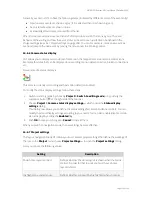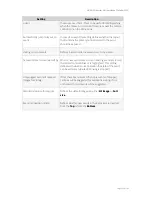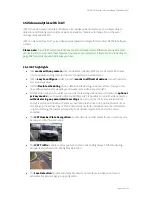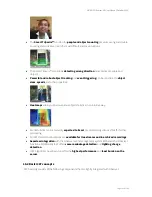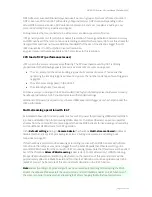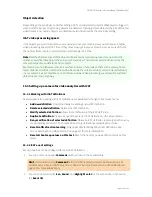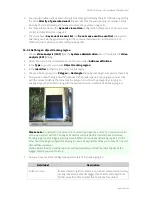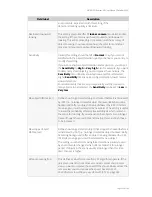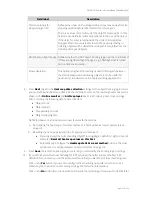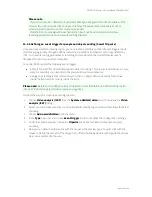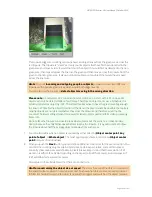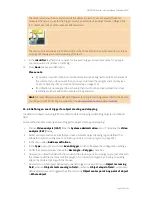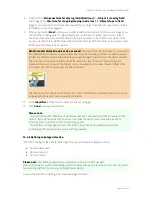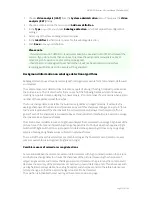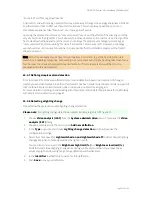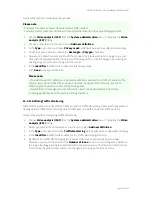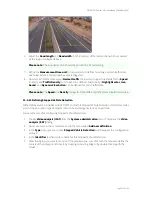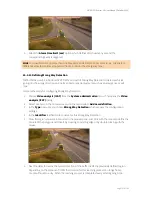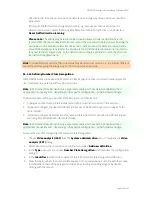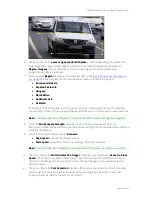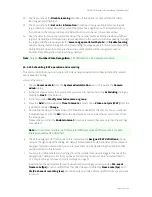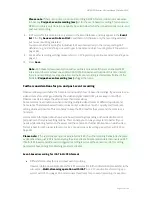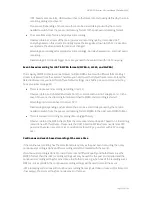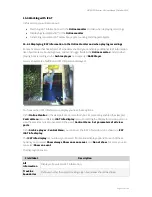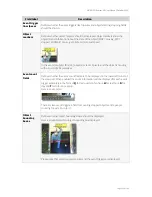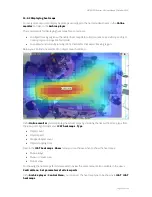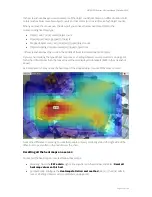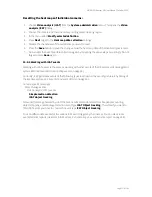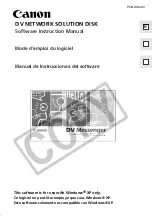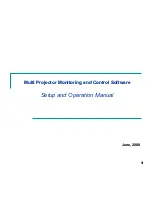
NETAVIS Observer 4.6 User Manual (October 2015)
Page 152 of 204
1.
Choose
Video analysis (iCAT)
from the
System administration
menu. This opens the
Video
analysis (iCAT)
dialog.
2.
Choose a camera and in the menu select
Add new definition
.
3.
In the
Type
pop-up menu choose
Sabotage detection
, which will expose the configuration
settings.
4.
Select any of the three sabotage detection types.
5.
In the
Identifier
text field enter a name for this sabotage detection.
6.
Push
Save
to save your definition.
Please note
:
- If you add a new iCAT definition, it will automatically be assigned to all iCAT schedules of the
camera. If you do not want that, you have to remove the assignment manually (see
15.3.15
Scheduling iCAT operation and recording
on page 160).
- If a definition is not assigned to a schedule then it will not be activated and no archive
recordings will be made and no events will be generated.
Background information on sabotage detection algorithms
Sabotage detection uses three detector algorithms to generate events for camera moved, defocused
and covered.
The camera movement detector tries to locate a couple of strong (= has high contrast) points across
the entire picture. Then it searches for them on each of the following frames, while continuously
creating new points to keep adapting to a new scenery. A "camera moved" event occurs when a given
number of these points are lost for a while.
The focus change detector acts like the auto focus algorithms in digital cameras. It estimates the
average sharpness of the picture and produces an event if this sharpness changes abruptly. A "focus
lost" event is produced if the sharpness of the picture decreases below a threshold, and a "focus
gained" event if the sharpness is increased above a threshold. Both thresholds are based on average
sharpness values of previous frames.
The camera covered detector uses a brightness analyzer that calculates the average brightness of the
picture for each frame and if something strange happens tries to find out what has happened (light
switched off, light switched on or just a person in dark clothes passed by). It does so by analyzing a
sample of average brightness values collected in previous frames.
The result of the these three detectors are combined to give the final alarm event (camera moved,
camera covered, focus lost/gained, brightness change)
Possible reasons of missed or wrong detections
As mentioned above the camera movement detector works with high contrast points on the picture
and the focus change detector checks the sharpness of the picture (measuring the sharpness of
edges). Logos or date and time text fields generated and placed on the picture by the camera could
decrease the accuracy of these detectors or could even prevent detection at all. This is because such
overlay fields are always stable, have a high contrast and sharpness and can therefore balance real
picture changes, so that the overall change is too small to be detected.
The solution is to disable the text overlay at the camera's own web page.

